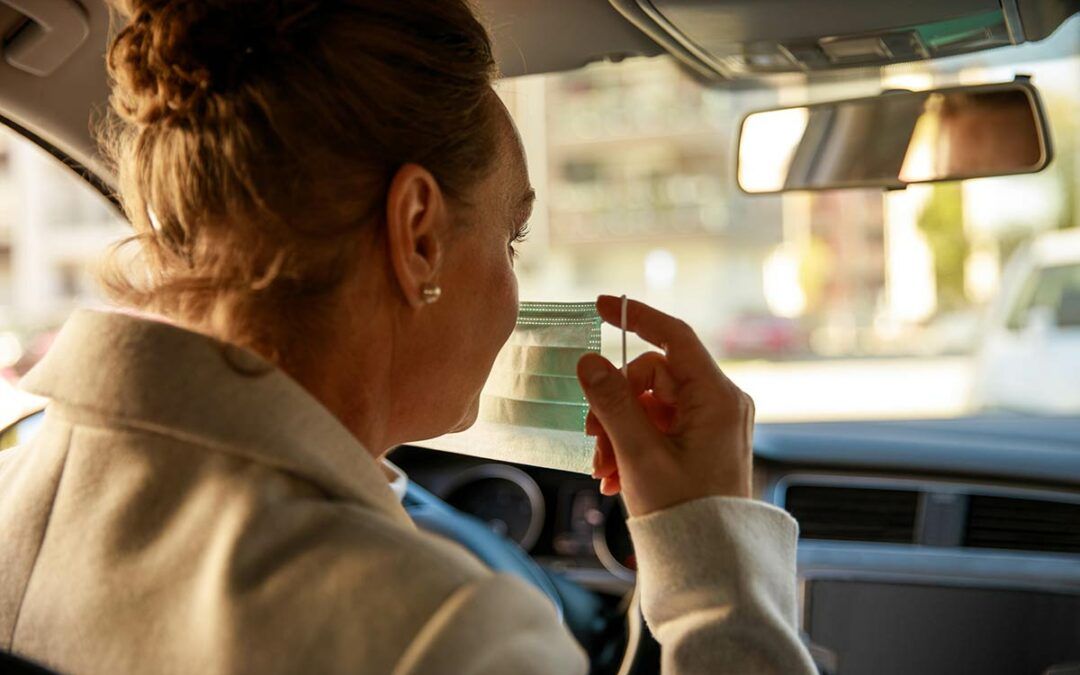Before installing any surveillance system in the workplace, one must first identify the issues that need to be addressed as this will determine the type of CCTV system required and will help to ensure you have the right level of image quality for that purpose.
For instance, ask yourself whether you need to capture finer details such as facial recognition or vehicle number plates.
The installation process must be carefully considered and this is where a professional security expert can help. They will assess the workplace environment and provide advice on things that a business owner can easily overlook such as the level of lighting and the positioning of the cameras.
The types of video surveillance equipment that may be required include:
- Security cameras: a full line of closed circuit television cameras and lenses for varying surveillance needs. Specialty cameras such as infra-red, low-light and night vision cameras can be installed. PTZ (pan-tilt-zoom) cameras can also feature new technology such as facial recognition capabilities.
- Digital video recorders: solutions offer scalability from basic, single camera installations through to large scale enterprise level multi-site deployments that feature sophisticated video analytics and management systems with high level access control integration.
- Security monitor screens: a full line of monitor types, sizes, resolutions and formats are available that include LCD, flat panel and touchscreen capabilities.
- Remote viewing: solutions range from IP-based cameras to web-based browser software utilising cloud based platforms. Touch screen systems: touch technology is intuitive, accurate, fast and easy to use. ADT provides the latest touchscreen equipment for greater efficiency when using CCTV systems. It can also monitor customer and general public behaviour and provide evidence of fraud, such as slip and fall verification.
Integrated systems using access control technology can also be used to enhance compliance. This is particularly beneficial for factories and businesses that operate hazardous machinery. Access control can help workplace compliance by ensuring that machinery is only being operated by authorised staff and its operation is backed up with monitored CCTV footage should an incident occur.
The number of businesses using CCTV to address workplace safety and compliance is growing and it is a trend that looks set to continue.
For more information about CCTV solutions in the workplace environment call ADT Security on 131 238 or visit www.adtsecurity.com.au.





